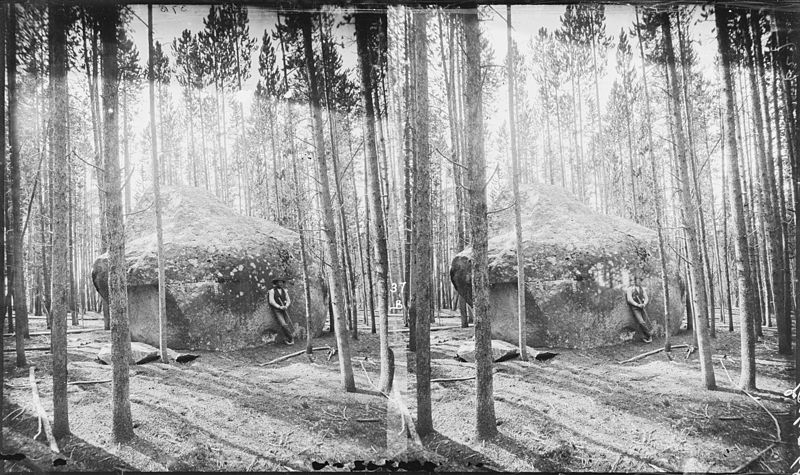
What is a
beginning? Organisms, at least in a superficial sense, seem to have a distinguishable
beginning and a distinguishable
end. We call this phenomenon
life, or a
lifetime.
Does Earth have a life?
Believing it possible to distinguish a beginning or an end to
anything is reminiscent of
Alice following the
March Hare down the rabbit hole. Alice goes without looking or thinking.
It is reasonable to wonder if life has a beginning and an end. Things - living or inert - do not seem to have a beginning or an end as much as humans seem comforted by recognizing them in that way. This comports with our sense of mortality. An expansive view might be to consider life a momentary transition of billion year-old carbon.
Is is reasonable to consider the beginning of Earth
as we know it. The clause
"as we know it" is important because nothing is static.
We know Earth as a spinning planet. We observe that Earth orbits the Sun. We describe our global position as the outer rim of the
Milky Way.
"There is no reason to suppose that the world had a beginning at all. The idea that things must have a beginning is due to the poverty of our imagination."
― Bertrand Russell (1872 -1970)
Perhaps a broader concept of Earth is that of continual metamorphosing of aggregated materials. Even in transitional objects we recognize a momentary
signature - a recognizable pattern that transmits familiar characteristics to our mind. Transmission of familiar patterns leads, or deceives us to believe we
know a thing.
We objectify by naming and classifying. Objectifying is one of our primative tools for understanding. We conjure terms like stellar dust and rocks. We invent names like Earth, Sun, and The Milky Way. We conceive systemic notions like the
Solar System.
What is a meaningful concept of Earth?
Imagine when Earth had not yet formed into the familiar orbiting planet we recognize today:
"Long, long ago (some 5 billion years ago) in a perfectly ordinary place in the galaxy, a supernova exploded, pushing a lot of its heavy-element wreckage into a nearby cloud of hydrogen gas and interstellar dust. The mixture grew hot and compressed under its own gravity, and at its center a new star began to form. Around it swirled a disk of the same material, which grew white-hot from the great compressive forces. That new star became our Sun, and the glowing disk gave rise to Earth and its sister planets."
— Andrew Alden
Imagine that over millions of years gravity pulls stellar dust into tiny rocks. Then over millions of years gravity causes
those materials to coalesce into a molten Earth. Earth becomes one of many planets orbiting the sun.
We have the satisfaction to find, that in nature there is wisdom, system and consistency. For having, in the natural history of this earth, seen a succession of worlds, we may from this conclude that, there is a system in nature; in like manner as, from seeing revolutions of the planets, it is concluded, that there is a system by which they are intended to continue those revolutions. But if the succession of worlds is established in the system of nature, it is vain to look for anything higher in the origin of the earth. The result, therefore, of our present inquiry is that we find no vestige of a beginning,-no prospect of an end.
— James Hutton (1726-1797)

If Earth formed from coalescing dust, where did the dust come from? One notion is that the universe exhibits
conservation of mass.
Conservation of mass begets the notion of the Earth engaged in a
circle game where the dust that forms planets originates from the dust made by stellar collisions and disintegrated planets.
And the seasons they go round and round
And the painted ponies go up and down
We're captive on the carousel of time
We can't return we can only look
Behind from where we came
And go round and round and round
In the circle game
— excerpt from The Circle Game by Joni Mitchell
Earth doesn't seem to have a life as much as it has a narrative - an ongoing story of dust and rocks to Earth and a perpetual story of coalescence and disintegration.
REFERENCES








